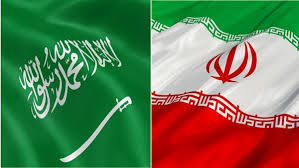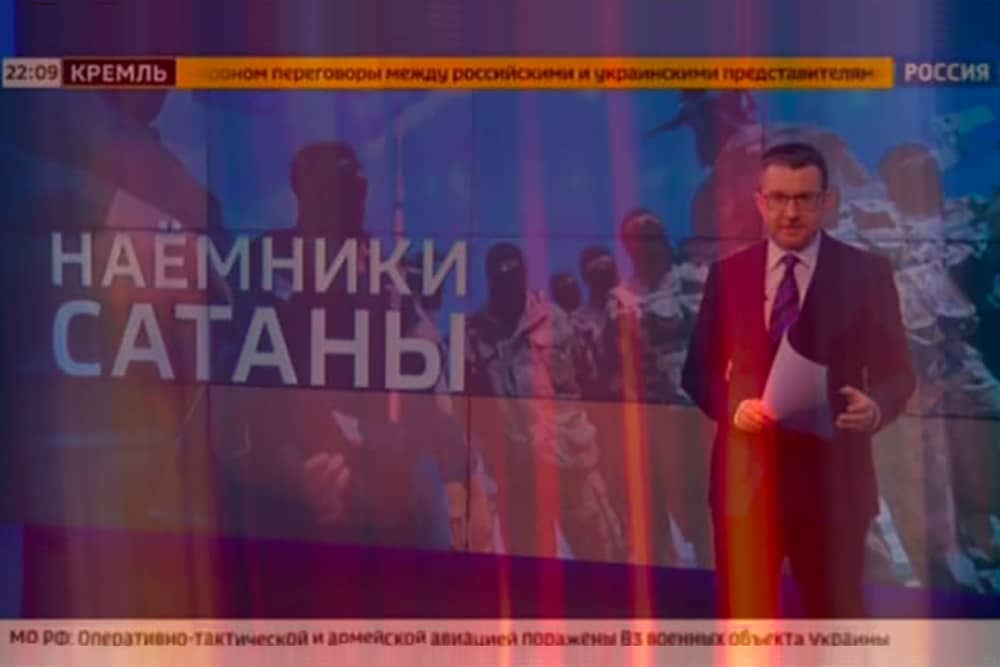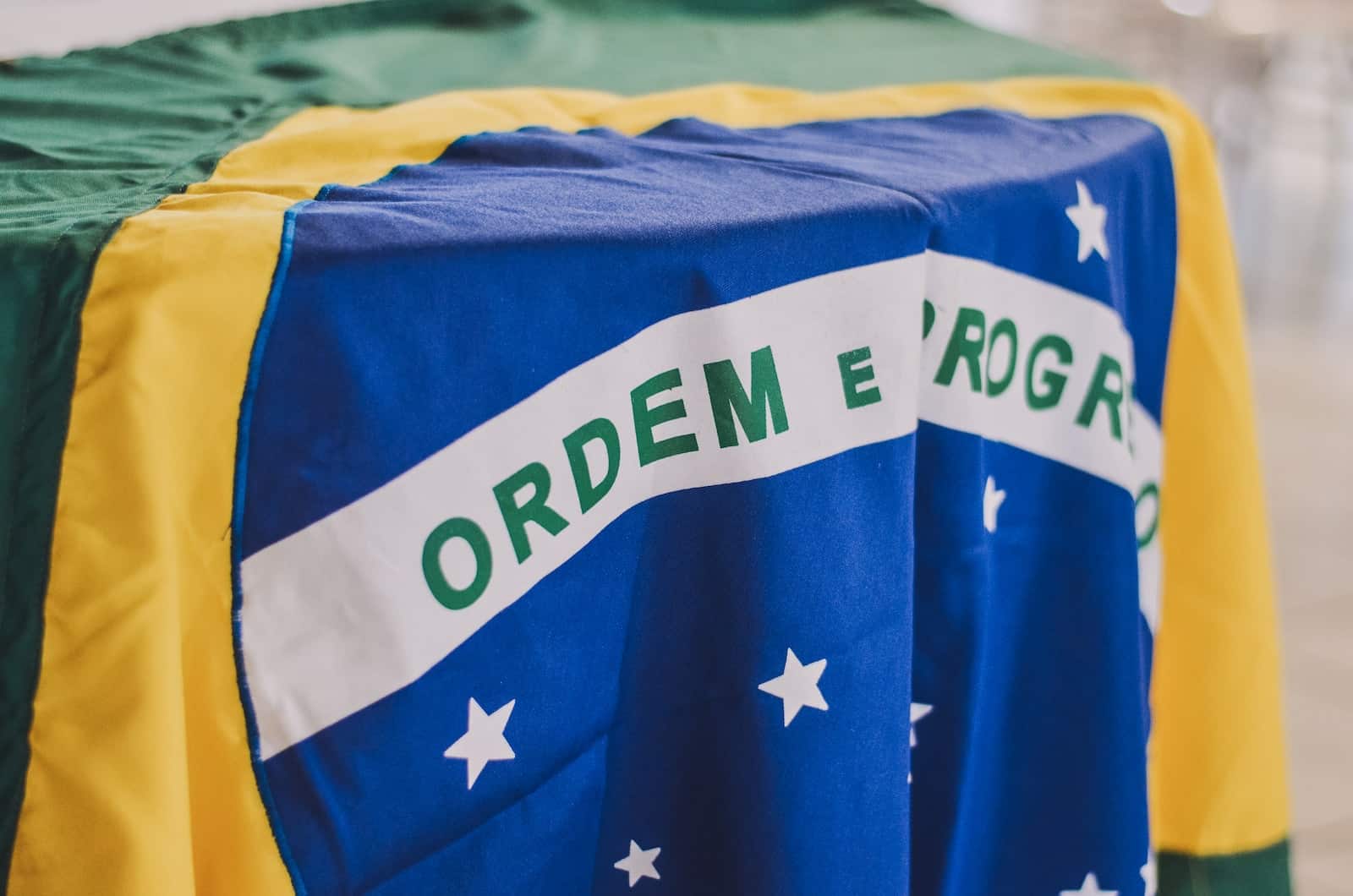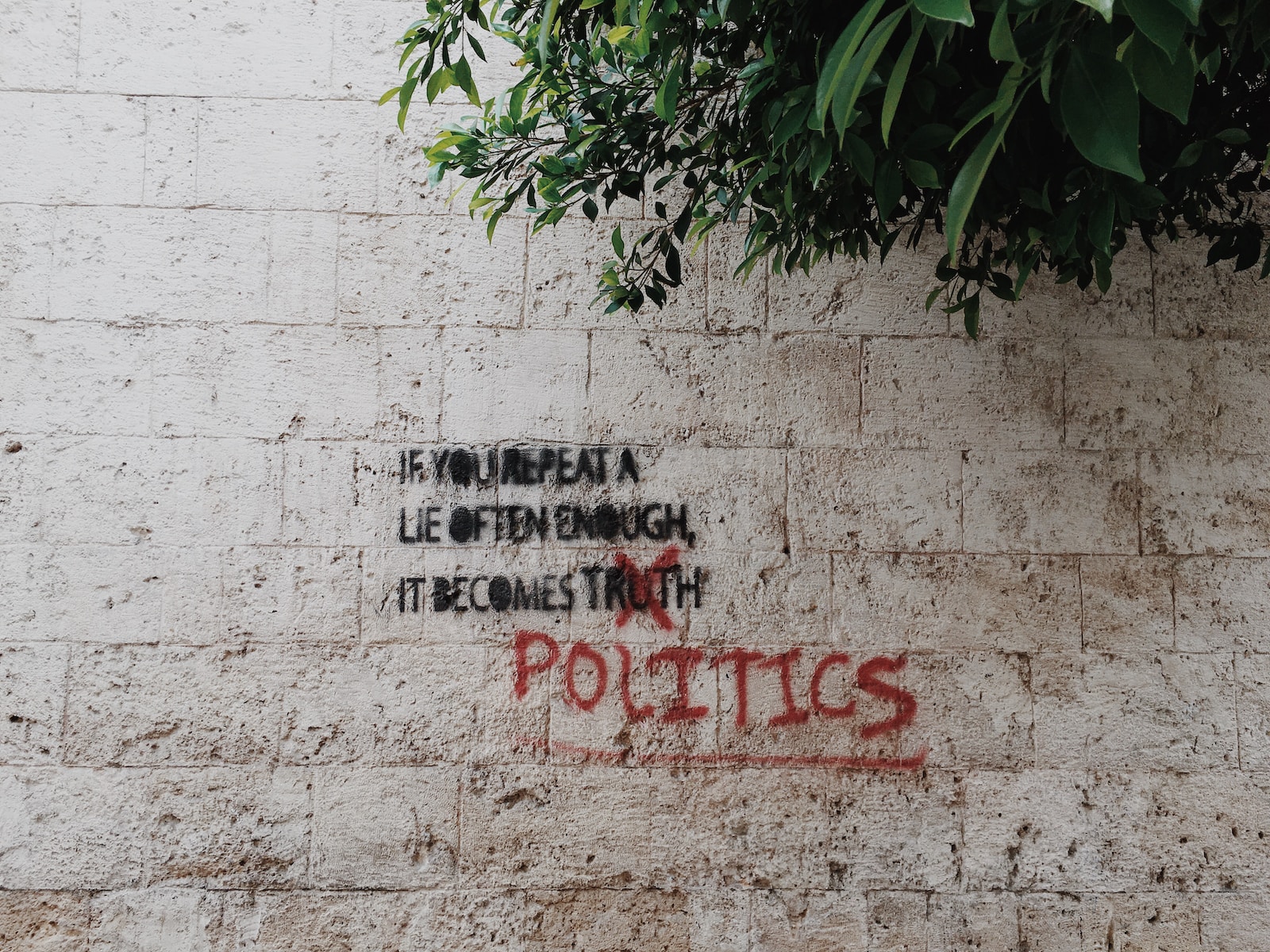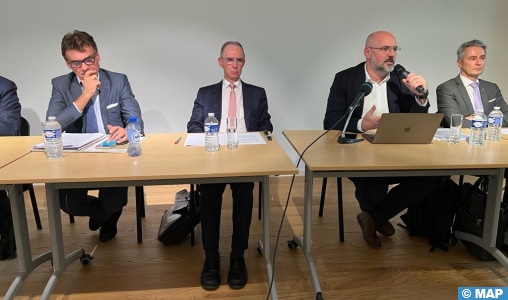Over the last two decades the demand and supply for illicit drugs have dramatically increased as evidenced by the huge quantities seized in 2020 according to the European Drug Report: 739tons of cannabis, 213 tons of cocaine, 21.2 tons of amphetamines, 5.1 tons of heroin, 2.2 tons of methamphetamine, 1 ton of MDMA (ecstasy). Among the illicit drugs are not only found the traditional ones but also mixtures of illicit drugs, adulteration with other chemicals, newly synthetized drugs (as the NPS: New Psychoactive Substances: 5.1 tons seized) developed in clandestine laboratories, and finally the misuse and abuse of prescriptions drugs.
The young generations, in search of thrills, experiences and for recreational purposes have today easy access to a wide range of these illicit psychotropic drugs via dealers, shops and also on the web (the darknet). To counter the diversity of abuses and the real danger they represent for young consumers, in the UNGASS Resolution April 2016 A/S-30/L.1 Final Document, is already mentioned in the Prevention of Drug Abuse, paragraph (a) to:
“Take effective and practical primary prevention measures that protect people, in particular children and youth, from drug use initiation by providing them with accurate information about the risks of drug abuse, by promoting skills and opportunities to choose healthy lifestyles and develop supportive parenting and healthy social environments and by ensuring equal access to education and vocational training.”
Some six years later by listening, across Europe, to the parents, the children and even to teachers themselves, none or only a little progress is made in this field despite its crucial health, social and economic importance.
On the contrary, under lobbyists and companies’ pressures or sinking into corruption or by hidden vested interests some governments are refusing to see the previous human damages caused by the most used psychoactive drugs: alcohol and increasingly by cannabis. During the last decades, we have been witnessing real pressure to decriminalize or legalize the use of the drug cannabis. After long World Health Organization (WHO) and United Nations Office on Drugs and Crime (UNODC) experts studies and debates, this resulted in December 2020, the declassification of cannabis in the 1961 Single Convention on Narcotic Drugs from Schedule IV (drugs having ‘particularly dangerous properties’ so under the strictess control measures as for opioids and heroin) to Schedule I (available only for medical and research purposes). Still aware that “ poorly regulated medical cannabis programmes could step-up the ‘recreational use’ of the drug while diminishing public concern over its harmful effects” (News UN, 2020)
Based on Eurostat statistics 2020, 447.3 million of people are living in Europe and there are 73.6 million of young people aged 15-29 year-olds.
In 2019, for the aged 15 and over, one in twelve people consumed alcohol on a daily basis and one in five of these consumers have monthly an episode of heavy drinking (more than 60 gm of pure ethanol on a single occasion).
The average of alcohol consumption is 10 liters of pure alcohol per adult (2018) and it is responsible for some 255,000 to 290,000 deaths each year (World Health Organization, 2019). The proportion of 15 year-olds reporting drunkenness has declined in most EU countries between 1998 and 2018 from 41% to 24% for boys and 29% to 20% for girls.
The EMCDDA reports that the prevalence for the cannabis use among the young people (15-34 y.o.) is 15.5%. In 2020, 46% of European cannabis users are using it daily and 21% are using it between two and six days a week.
86,600 cannabis users entered in treatment last year, the source of referral being: self-referred (42%), from criminal justice (28%) and health-care system (22%).
The overall illicit trade in drugs is associated with violence, corruption of lawyers and officials, kidnappings, intimidation and homicide, as in July 2021 the drug-related shooting to death of a Dutch journalist exposing the drug lords. Also, the current increasing trend of dealings in open spaces is compromising the neighborhood safety.
“The trade in illegal drugs continues to dominate serious and organized crime in the EU, and nearly 40% of the criminal networks operating at the international level reported to Europol are active in drug trafficking. Fighting this illegal trade is a key priority for Europol and the EU” stated the Europol’s Executive Director (2022).
The illicit drug are big business market with an income of at least Euros 30 billion a year (EMCDDA & Europol 2019). This is a main source of income for the EU organized crime groups. The illicit drug use has also detrimental effects on the communities due to: dependency and shooting rooms, treatments, infectious diseases, deaths (8,300 overdoses), with a social cost representing up to 2% of the Gross Domestic Product (GDP) of a country.
The use of psychoactive substances was well evidenced after the neolithic revolution in 10,000 BC with settlment and development of agriculture and rituals. Thus, the cannabis plant usage was found in 8,100 BC in Asia; the alcohol which is produced by the natural yeast fermentation of sugars from fruits, vegetables, and grains, is also used by some animals.The earliest human made alcohol comes from 7,000 BC in China, then in Caucasus (6,000 BC), followed by Sumerians (3,000 BC with beer) and Aztecs (pulque). The cocaine was already used in 6,000 BC and the opium in 5,700 BC, and many more kind of vegetables after them. This was the human migration which started to spread the discovery and then the use of these substances.
In 2,700 BC in China the Emperor Shen Nung wrote a compendium of medicinal plants, describing 365 medications and many are still in use today. The first prescriptions appears in 2,600 BC in Sumerian cuneiform writing on clay tablets. This is also the time where the first apothecary shops where found in Baghdad, mainly providing plants, assisting the priests and the physicians in their needs in regard to the patient care. In India starting as far as 2,000 BC the basic text of the traditional Ayurveda (science of life) has an holistic approach. It described some 700 medicinal plants and more than 1,000 diseases that can be effectively treated. Later in Ancient Egypt in 1,500 BC the Ebers Papyrus mentioned no less than 700 different plant species used for healing. In Ancient Greece, Hippocrates (460-370 BC), developed a more rational medicine and described some 300 medicinal plants and bequeathed to the posterity of medical doctors his famous Oath.
Meanwhile, in China from 168 BC lists of prescriptions were found and on first century AD, during the Han dynasty was compiled a ‘divine’ herbal manual. Galen (129-201 AD), a Greek anatomist devotee of Asclepius (the God of healing art), created the Theriac: an herbal recipe of some 60 ingredients. The physician and botanist Dioscorides (circa 30-90 AD) wrote De materia medica, a widely used encyclopedia about herbal medicine that was later developed during the 8th to 14th century, the Middle Eastern Islamic Golden Age, by scientists such as in the famous Canon of Medicine of Ibn Sina known as Avicenna (980-1037). There were also the important works in Latin of Al-Maridini and Ibn al-Wafid.
In the 10th century Al-Muwaffaq wrote The Foundations of the True Properties of Remedies. In the course of the 11th century these writings were more widely known in Europe due to the Muslim part of Spain and the translation of Arabic books in Latin by the Italian medical professor Pietro d’Abano and by Constantinos, a Salerno scholar of Italy. There are also the works of Paracelsus (1493-1541) a medical iconoclast Swiss German author of the maxim: “All things are poison, and nothing is without poison; the dosage alone makes it so a thing is not a poison”. The English classic herbalist Culpeper (1616-1654) was the author of the A Complete Herbal catalog. To name a few of them! (For more, refer to Wikipedia.org)
The word ‘drug’ appeared in the 14th century from old French ‘drogue’ (still in use) deriving from old Dutch ‘droge’ meaning ‘dry’ and referring to dry medicinal plants that were prepared and sold initially by apothecaries (from the Greek ‘apotheke’ meaning storage). The first apothecary profession and shop has been traced back in B.C. time in Babylon and expanded toward western countries. They were found in Europe during the years 1,100-1,200 and many countries have kept until today the appelation of ‘Apothecary’.
The pharmacy history develops in parallel with the history of medicine but as separated professions. ‘Pharmacy’ derives from the Greek ‘pharmakeia’: use of drugs, potions, poisoning, remedy, cure. The first world’s oldest pharmacy was established in 1,221 in the ornate designs and decorations of the Chapel of San Nicolo in the Santa Maria Novella Basilica of Florence (see here).
Nowadays, a drug as medicine can be defined as any chemical substance of known structure, other than a nutrient or dietary ingredient, intended for preventing, diagnosing, treating, curing or to relief an illness or an anomalous state.
At the beginning of the 20th century, the development of the chemistry began to modify the landscape of the pharmaceutical industry. Many of the drugs that were obtained from plants and animals are now chemically synthesized in laboratories as well as new substances. Often the Sixties are considered as the ‘pharmaceutical decade of the pharmaceutical century’ due to the amount of drugs available.
At international level the drugs are classified based on the three United Nations Conventions of 1961, 1971 and 1988. In the European Union the drug regulations defining classes of precursors are derived from the EU objectives of free movements of goods. They are the Regulation (EC) No 273/2004 amended by the Regulation (EU) No1258/2013 for the intra-Community trade and the Council Regulation (EC) No111/2005 amended by the Regulation (EU) No 1259/2013 (see EMCDDA-Classification of controlled drugs).
The drugs are usually classified according to their physiological effects. Thus they can be listed, with some examples, as:
-Anesthetics & Dissociatives: Nitrous oxide (NO2-propellant used as “laughing gaz”), Ketamine, Methoxetamine (MXE), GHB (gamma-hydroxybutyrate also known as “rape drug”) and its precursor GBL (gamma-butyrolactone, an industrial solvent). The hallucinogens/psychedelics alter the mental state of the person and have a powerful effect on the mind such as hallucinations, euphoria, emotional disorders: Ibogaine, LSA (ergine), LSD, Mescaline, Peyotl, Ayahuasca, PCP (phencyclidine, the “Angel Dust”), …
-Cannabinoids: THC (Delta 9 TetraHydroCannabinol), Haschisch (resine), Butane hash oil (BHO), interferring with the physiology of the very important Endocannabinoid System. It had been also demonstrated (John Merrick et al, 2016) that the CBD or Cannabidiol in an acidic medium, as in the stomach, transforms slowly in the psychotrope THC (Delta 9 and Delta 8 TetraHydroCannabinols).
The synthetic cannabinoids (as Spice, K2, Black Mamba) much appreciated by the younger generations since the 2000’s are more dangerous and addictive than THC. They continue to emerge on the European market and are often mixed to the natural cannabis without consumer knowledge. The European Monitoring Centre for Drugs and Drug Addiction (EMCDDA) highlighted that the adulteration of products with synthetic cannabinoids has been confirmed in France, Germany, Netherlands, Slovenia and Sweden (2021).
-Deliriants & Entactogens/Empathogens: Betel nut, Muscimol (Amanita muscaria), Saponins (oneirogenic), Scopolamine and Atropine from the Belladona plant, …
-Depressants: the action on the Central Nervous System (CNS) provides a feeling of relaxation, slowing reflexes, acting on sleep and for pain reduction: Alcohol, Barbiturates (Phenobarbital); they also include the opioids as the natural opium derivatives (or opiates): Opium, Morphine, Codeine, Heroin, and the semi- or synthetic opioids: Oxycodone, Tramadol, Fentanyl, the Methadone and Buprenorphine used against opioid dependence but also misused,…
-Psychiatric drugs: Atomoxetine (Strattera), Fluoxetine (Prozac), Haloperidol (Haldol), Olanzapine (Zyprexa), Paroxetine (Paxil), Sertraline (Zoloft), Ritaline (to treat the ‘hyperactivity’ of the children),…
-Benzodiazepines (psychiatric sedatives): Xanax (Alprazolam), Valium (Diazepam), Rohypnol (Flunitrazepam),…when combined with opioids they increased the risk of fatal overdose.
-Stimulants of the mind and body:
natural: caffeine, coca, khat, nicotine, theine, theobromine (of cacao) , …
synthetic: amphetamines, methamphetamine (highly addictive), MDMA (ecstasy), 2C-B (phenethylamine), the cathinones 3-MMC (new cheap alternative to cocaine) and 4-MMC (mephedrone). The synthetic cathinones in Europe are the second most common new psychoactive substances (NPS) after the synthetic cannabinoids. They have also a wide range of adverse effects.
“The continued escalation of synthetic drug production in the European Union shows us the hard work of organized crime groups to profit from the illegal drug trade…” said Ylva Johansson, European Commissioner for Home Affairs (EMCDDA Drug Report-2022):
All these drugs have the particularity to be psychoactive, generally rapidly addictives and toxic. Their main characteristics are the alteration of the neuronal activities, perceptions, ability to think and memory. So, when illegally used they are becoming rapidly harmful and potentially fatal for the individual health.
Another key point to consider is the drug accessibility, mainly for alcohol and more and more for cannabis, to the teenagers and adolescents. Indeed, their brain having not yet reached its full maturity with an immature limbic system (the reward center) and prefrontal cortex (cognitive and executive functions), the youth are still very vulnerable facing the peers pressure, the media, the marketing, without an education guidance and in lack of factual information on this subject. And this is especially true for the adolescents, that J. Kessel (in Mermoz, 1938) defined as “the age when the need for exchange, for confidence, becomes almost tragic by dint of its acuteness. Muted forces, a confuse and powerful hope and anxiety, exalt and weigh down the heart in turn. They have to be said, to be shared.”
According to the European School Project on Alcohol and other Drugs (ESPAD) Report 2019 and concerning the 16-year-old European students:
- the alcoholic beverages are the psychoactive substances the more popular and easy to get. 35% of European students have consumed at least 5 glasses of alcohol on the same occasion with significant toxicity results;
- the cannabis is the most widely distributed illicit substance consumed by the European youth, the average being 7.1% and according to the Cannabis Abuse Screening Test (CAST), one in three users would be at high risk of problematic use or dependence, which could be physical or/and mental.
- among other illicit drugs: ecstasy is the most frequently tested (2.3%), followed by LSD and other hallucinogens (2.1%), cocaine (1.9%) and amphetamines (1.7%). The methamphetamines, crack cocaine and heroin affect only one in every 100 adolescents.
“Education is the progressive discovery of our own ignorance” William J. Durant (1885-1981). For centuries the schools were a place preparing for life with learning, establishing rules for citizenship, building a unity in the population and providing a qualification. But since the 1970s with the changing modern society and the fast spreading drug among the European juveniles, the traditional curricula became inadapted and the schools became also of a space of physical and psychological violences for the most vulnerable. Indeed, for the “Impact on communities” (European Commission, 2022) “Drug use is also considered a cause of youth crime by 72%, stealing, theft or burglary (66%) and violent crime or murder (58%) as well as of corruption (39%)”. Adding to a possible community and family role of protective factors, the educational authorities developed new educational schemes including the knowledge of drug phenomenon. And this is how many non-governmental organizations as the Foundation for a Drug-Free Europe, came to assist the officials ones in the arduous, thankless but needed task of prevention as described in the International and European Conventions on the Rights of the Child and thus,
“Together, we can pursue more effective prevention and protection, to build resilience as we build back better, and leave no one behind.”(UNODC, 2020)




